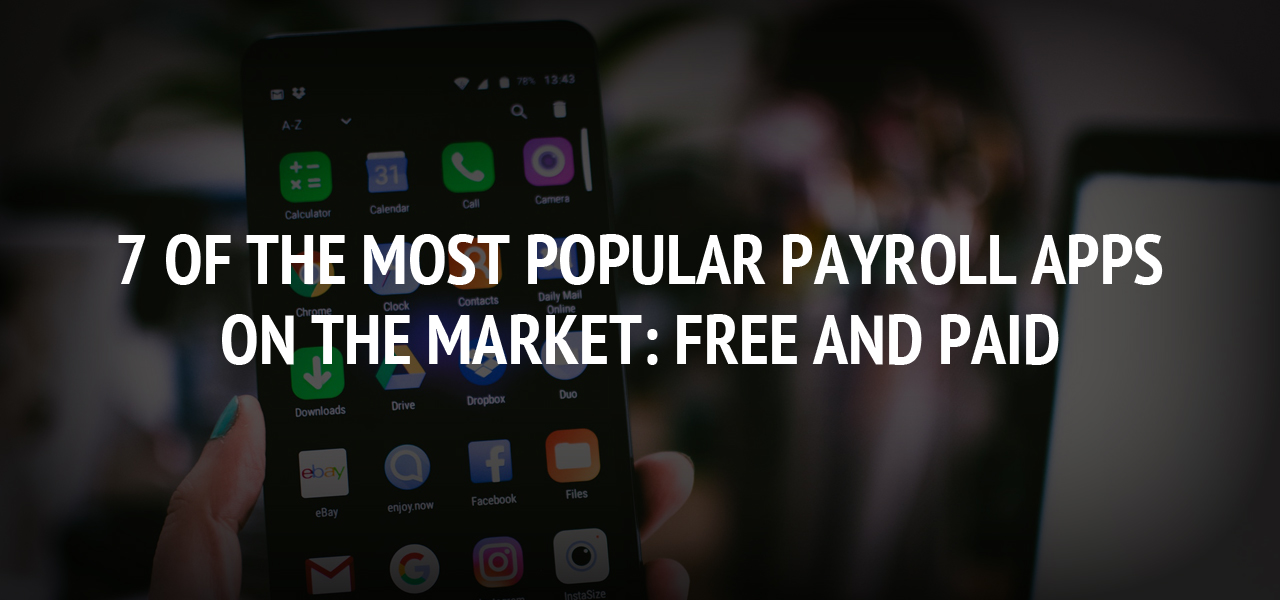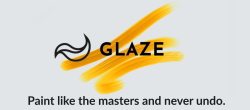How Multimodal Search (Text, Voice, Image, Video) Changes SEO Forever

SEO has been based on text for a long time: keywords, metadata, HTML tags, and content optimization. It's no longer just words, though. Search is now multimodal, meaning that you can use text, sound, images, and videos all at the same time.
Users no longer just type questions; AI-powered innovations like Google Multisearch, OpenAI's GPT-4o, and tools like Perplexity and You.com have made this possible. They use search engines, share pictures to look for goods, or put in videos to find exact timestamps. This change will completely change the basis of SEO forever, making advanced SEO services like image, voice, and video optimization more important than ever.
What Is Multimodal Search?
People can use more than just words to get appropriate search results with multimodal search. Some of these are voice requests, picture uploads, and even live movies. This means your information must be valuable and easy to find in more than one input format, not just text.
The following are the things that go into multimodal search:
- Text Search: Type queries into Google or Bing—this is the standard way to look.
- Voice Search: These are things you can ask agents for, like Google Assistant, Siri, or Alexa.
- Image Search: People can use tools like Google Lens to find results by taking pictures or sharing one.
- Video Search: Now, search engines can understand video material and show exact answers with timestamps.
There are new scoring factors for each type of search. Many people won't be able to find your brand on these devices if it's not ready for them.
Why Is Multimodal Search Exploding Now?
One reason for the rise of multimodal search is not by luck. Several technological changes are making it more popular faster, and SEO experts need to pay attention.
- Generative AI Lets You Understand Everything: AI models like Gemini and GPT-4o can understand more than just words. They can also understand pictures, sounds, and videos. This lets platforms understand user questions in ways that are more natural and relevant to them as people.
- Smartphones and the Internet of Things are Multimodal by Design: The normal smartphone user interacts with their device in all of these ways: by taking pictures, speaking instructions, reading QR codes, and so on. Search must, of course, change to keep up with this shift in behavior.
- Easy Access and a Global Reach: Multimodal inputs help people who don't speak the same language, people with disabilities, and people who have trouble reading and writing. This makes global SEO prospects possible.
Impact of Voice Search on SEO
With voice search, SEO can be social and happen in real time. Content that does well in regular search might not work well with voice search. Here are some ways this changes SEO strategies and what you can do to adapt.
Voice Queries Are Longer and More Conversational:
A written search is usually only two or three strings long. Voice queries, on the other hand, are full questions.
- Text: affordable flights from Mumbai to Dubai
- Voice: What is the least expensive flight from Mumbai to Dubai this weekend?
What should you do: Add a FAQ section that answers the kinds of straightforward, full-sentence questions that people could ask out loud.
Featured Snippets mean Voice SEO Wins:
Smart speakers and assistants often get speech answers from Google's featured snippets. To help you optimize, here are some tips:
- Use the H2/H3 question forms to organize your information.
- Write your answer in two to three lines.
- Make use of schema code like HowTo and FAQPage.
Local Search Is Dominated by Voice:
Google says that 76% of people using voice search to look for something visit the company within a day.
What should you do: Make sure your Google Business Profile always has the most up-to-date information. These include your correct address, reviews, business hours, and geo-keywords.
Image Search and Its SEO Implications
Image search is more than just ALT tags these days. With tools like Google Lens, users can take a picture of a product and quickly find one that looks exactly the same or very close. If you want to win at image SEO, pictures need to give people context.
Image Search Brings Shoppable SEO:
Visual search has become a massive deal in online shopping. Direct shopping from photos is possible on sites like Pinterest and Instagram. You can make your process better by:
- Adding keyword-rich, informative alt text
- Using organized data (Schema) for things like Brand, Product, etc.
- Including many views of the object and clean backgrounds
ALT Text Is Just the Beginning:
Even though ALT text is still essential, advanced AI now reads:
- Names of image files
- Text around it
- Metadata in EXIF
Ensure that all of these are constant and well-suited to the topic.
Video Search Is Changing Content Discovery
Video SEO is more important than ever as sites like YouTube and TikTok become full-fledged search engines. Search engines can now "watch" your movies by using transcripts and time stamps to give you the exact information you want.
YouTube Timestamps Are New Ranking Anchors:
Users can quickly find the part of a 10-minute movie that answers their question. To get something out of this, do the following:
- Put time stamps on video parts and descriptions
- Put up full transcripts
- Add proper tags and titles with words that people can look for
Video Content Outside YouTube Is Also Indexed:
Google now crawls movies that are linked on websites, especially if they have extra information about them. Use:
- Markup for VideoObject schema
- Thumbnails of high quality
- Titles and phrases that describe
How AI Powers Multimodal Search
Machine learning is what makes multimodal search possible. It combines word, voice, image, and video information very quickly, often in milliseconds. You can improve better if you know how AI reads these states.
Object Detection and Image Recognition:
AI can now figure out what your pictures are of, whether it's a shoe, a logo, or a beautiful scene. Visual resemblance models match that picture with the right search results.
Actionable Tip: Ensure all your visual material is valuable and your branding is uniform.
NLP Converts Voice to Meaningful Search Queries:
Automatic transcription of voice data using Natural Language Processing (NLP) and interpretation based on the situation. To get it:
- Key words with long tails
- Not just terms, but also the search purpose
Video-to-Text Transformation:
AI takes apart speech in movies and matches it to search requests.
Hint for SEO: Always add closed captions and subtitles. Search engines index them the same way they index blog posts.
How Brands Should Evolve Their SEO Strategy
Stop filling your content with keywords and start writing content that works on all devices. Here's how brands should change to fit today.
Create Omnichannel Content:
Now, your SEO plan should have these parts:
- Blog posts (text)
- Short videos (Reels, Shorts)
- Voice-ready FAQs (for Siri and Alexa)
- Infographics and pictures of products
Both formats should work together to make the other better.
Focus on Metadata - Now More Than Ever:
Metadata helps search engines understand, contextualize your material, and index it across all forms. Take a look at this list:
- ALT tags
- Data with a structure (Product, FAQ, Article, Video)
- Voice syntax is code for speech.
- Names of files, titles, and descriptions
Structure Content for Machine Parsing:
Formatting should be clean:
- H2 and H3 tags
- Lists with numbers and bullets
- Short sentences
- The right way to write HTML
- A list of the long text's table of parts
This helps AI read your text like a person would.
Real-World Applications of Multimodal Search
Let's look at ways multimodal search is already changing SEO and see what we can learn from them.
Google Multisearch: Image Plus Text Together
Type "find this in green" into a picture of a red dress. To find the same design in the color you asked for, Google is now looking for it. This is what your online store needs:
- Changes in color
- Types of products
- Descriptive alt text
TikTok and Instagram: Video Search Plus Social Proof
People use TikTok to look for "best face wash for oily skin" and get ranked video replies. To put in order:
- Always use search-friendly descriptions.
- Add voice-overs that explain things.
- Use the right hashtags and keywords in both the writing and the recording.
Amazon Visual Search: Photo to Product Match
People take pictures of things in real life, and Amazon gets the best fits. Sellers need to make sure:
- The backgrounds of the pictures are white.
- Each version has a tag on it.
- Product details fit what you can see.
Conclusion
Searching in multiple ways is no longer a "future trend." It's right here. It is changing quickly. And it changes the rules of discoverability in a big way. More than 40% of Gen Z would rather use TikTok or Instagram to look for businesses or services in their area than Google. You're already behind if all of your information is still text.
It's clear that SEO now means Search Experience Optimization in all forms, mediums, and devices. Smart information and AI-readability will help voice-friendly, image-rich, and video-powered material win. Partnering with the best SEO Company in India ensures your business stays ahead in this evolving landscape.
About The Author
Related Blog
View All-
7 Of the Most Popular Payroll Apps on the Market: Free and Paid
Hiring staff is a sign of a thriving and growing business. However, bringing more people on board can come with certain complications and challenges. You have to deal with added admin tasks like calculating salaries, generating pay slips, developing tax forms and ...
-
3 Best WhatsApp Chat & Group Chat locker apps
Being one of the most used instant messaging apps, WhatsApp has millions of users around the world. While it offers end-to-end encryption and other necessary security features, still your private chats remain prone to security threats due to cybercriminals and ...







